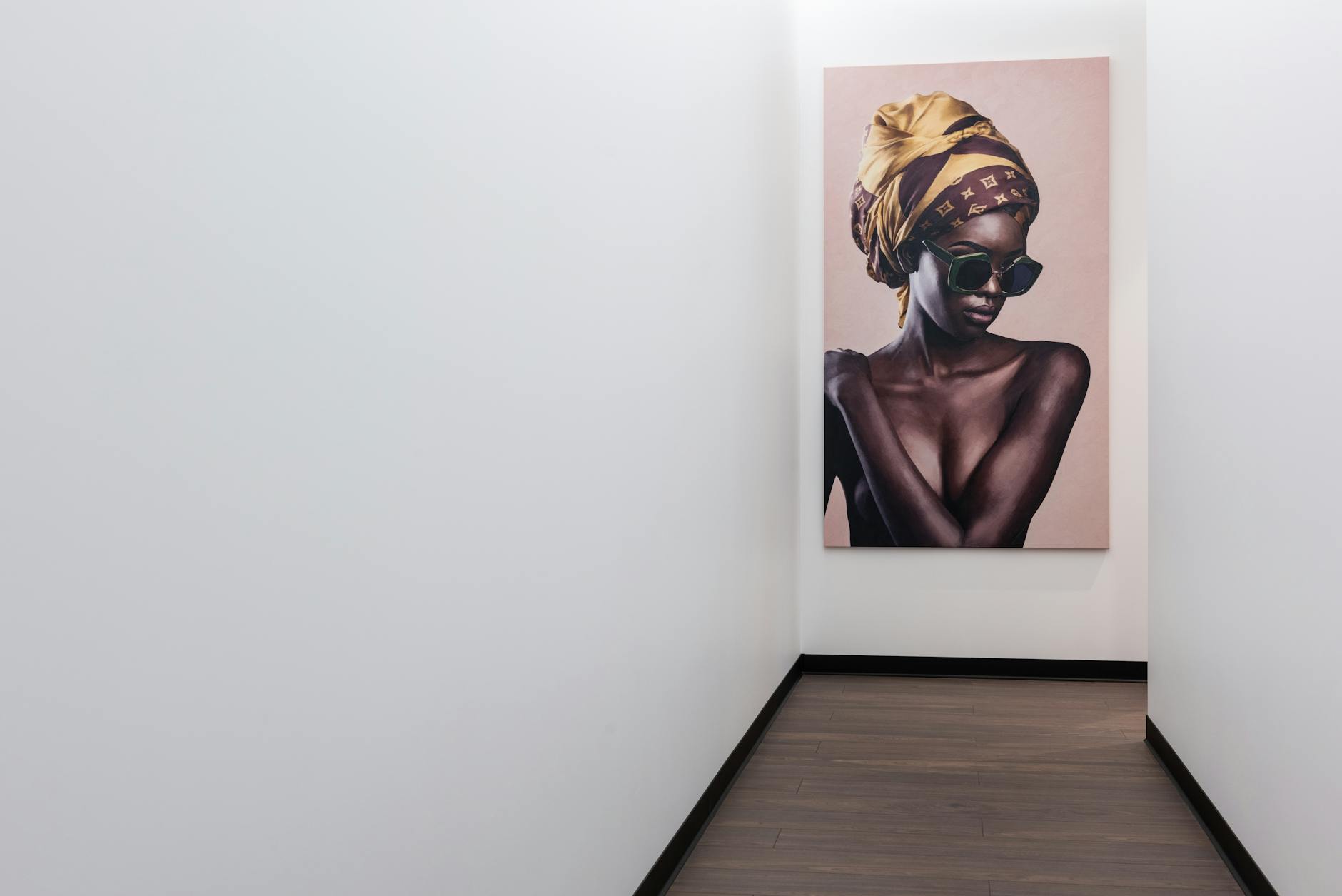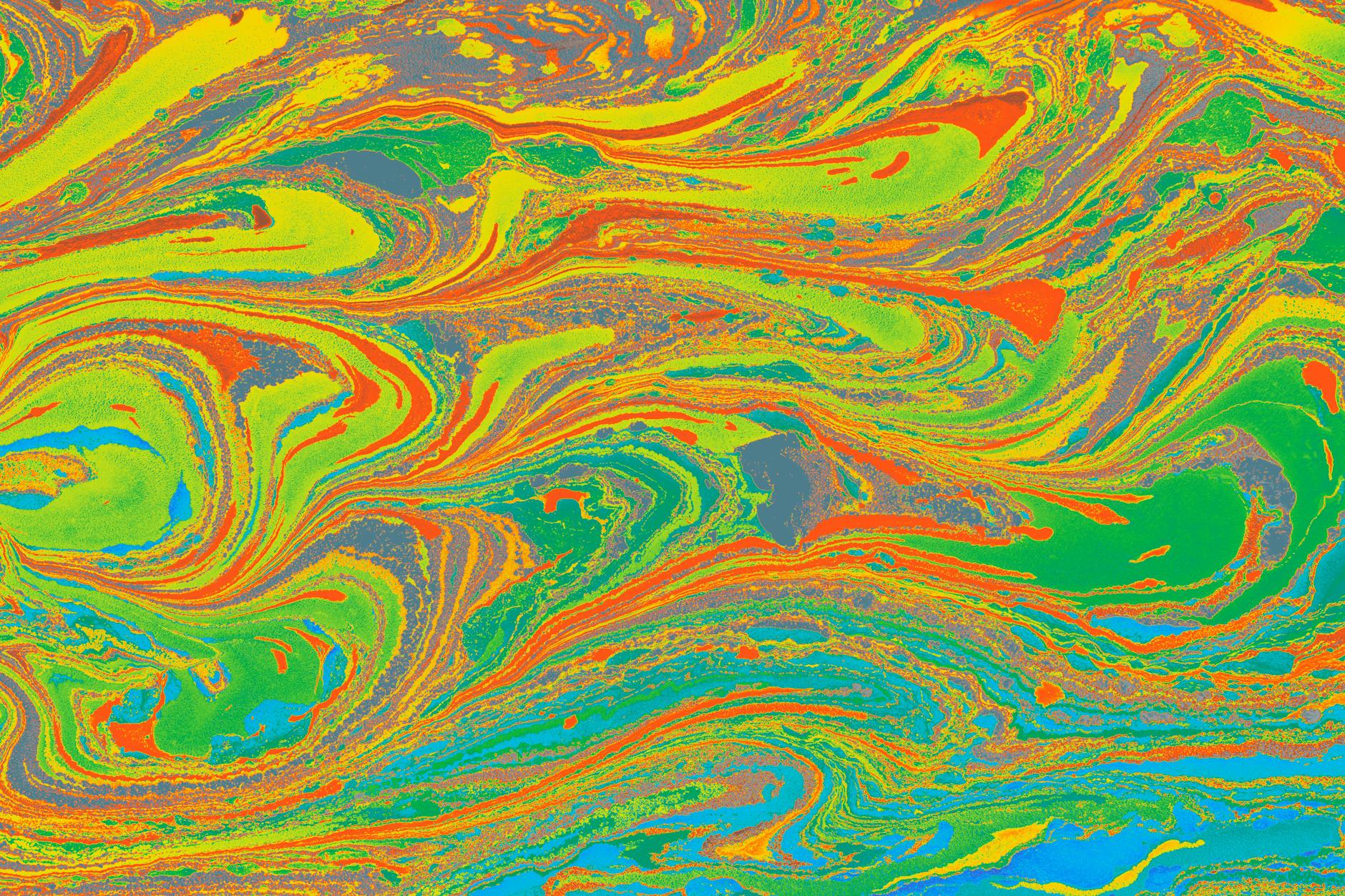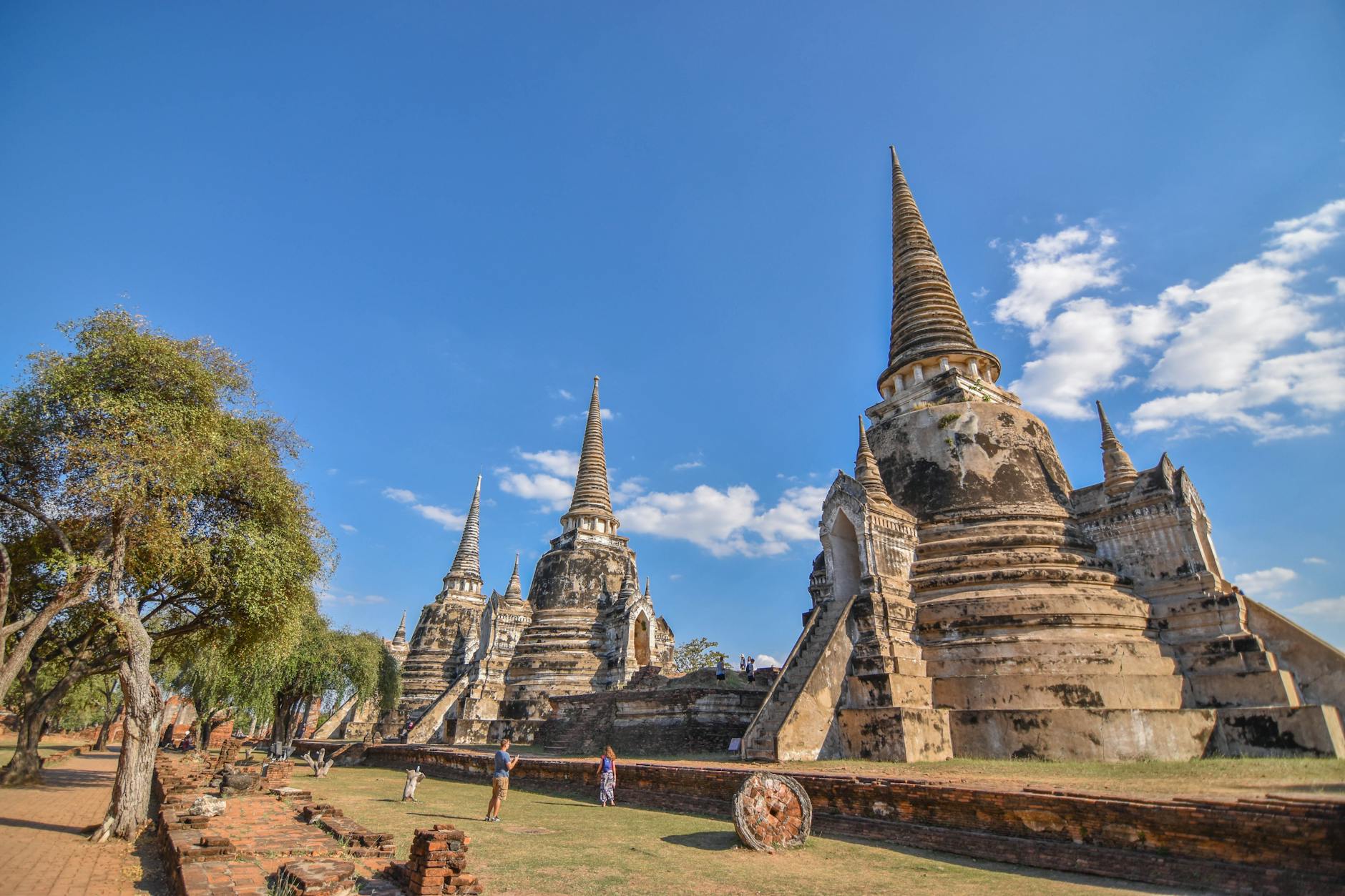Psychedelic art, renowned for its vibrant colors, spiraling patterns, and otherworldly imagery, is more than just a feast for the eyes. It conveys an intricate narrative about consciousness exploration, cognitive freedom, and raw, unencumbered self-expression. Welcome to an odyssey through the boundless realm of psychedelic aesthetics, the artistic process, and the mind-expansion possibilities that it facilitates.
During the culturally tumultuous era of the 1960s and 70s, addled with political unrest and the counterculture movement, psychedelic art took root. Its expressive colors and forms were a visual testament to the psychedelic experience, an audacious departure from the more conventional art of the time. Much like its historical inspiration, surrealism, psychedelic art rejects realism in favor of dreamlike, often hallucinatory images.
Psychedelic art is recognized for its ability to literally and metaphorically breathe life into one’s hidden depths of consciousness. While some artists use this medium to depict their own experiences with psychedelics, others focus on its ability to brings forth latent creativity or emotions. Renowned psychologist, Carl Jung, envisioned a similar contribution in the field of art. He proposed that the artistic process could serve as a window into the subconscious, a conduit for self-expression that travels beyond the rational mind.
This exploration of consciousness is central to the work of many contemporary artists, such as Alex Grey. His visionary art is founded on the essence of connection — a connectivity between all life forms, psychic energy, and even between spiritual and physical realms. Grey’s work, saturated with fractal patterns and human anatomical imagery, conveys a profound visual representation of multidimensional consciousness.
Similarly, famous psychedelic artist Peter Westermann believes that his work serves as an interpretation of his psychedelic experiences, transmuting the abstract experience of consciousness exploration into tangible form. The “trippy art” — as it’s often dubbed — is thought to echo the experience of altered consciousness, and hence serves as a visual pathway leading deep into the labyrinth of the mind.
Art, especially psychedelic art, goes beyond mere aesthetics. It embodies the realm of the mind, offering a visual lexicon for experiences that often elude verbal articulation. A bold departure from classic artistic conventions, it treats each viewer to a subjective emotional catharsis and cognizance of the intrinsic interconnectivity encompassing all existence.
Furthermore, psychedelic art prompts controversial discussions about the psychological implications of these mind-expansion experiences. Research suggests that exposure to such art — even devoid of the actual psychedelic substance — can help individuals achieve a state of ‘ego-dissolution’, where one loses the sense of self and feels a strong connection to the surrounding world. This sensation emphasizes an essential aspect of consciousness and how we perceive our own place in the universe.
This revelation of consciousness also corroborates with the findings of noted psychedelics researcher Robin Carhart-Harris. The latter argues that using psychedelics could disrupt our default mode network – a series of connected areas in the brain, giving us a chance to transcend our routine thought patterns and access a new dimensional understanding of our world.
Psychedelic art is thus a potent medium enabling the exploration of consciousness. Even for those unfamiliar with the psychedelic experience, it offers an intriguing doorway into a rare and thought-provoking domain, forcing viewers to grapple with their own perception of reality as they confront such challenging and enigmatic artwork.
In conclusion, psychedelic art is an exceptional blend of creativity, unfettered self-expression, surrealism, and the exploration of consciousness, successfully encapsulating the capricious essence of the human mind. Just as a kaleidoscope reveals a never-ending array of patterns with a single turn, psychedelic art boasts an uncanny ability to unleash a myriad of interpretations, sensations, and self-revelations, providing a unique navigation tool for the vast ocean of consciousness.








